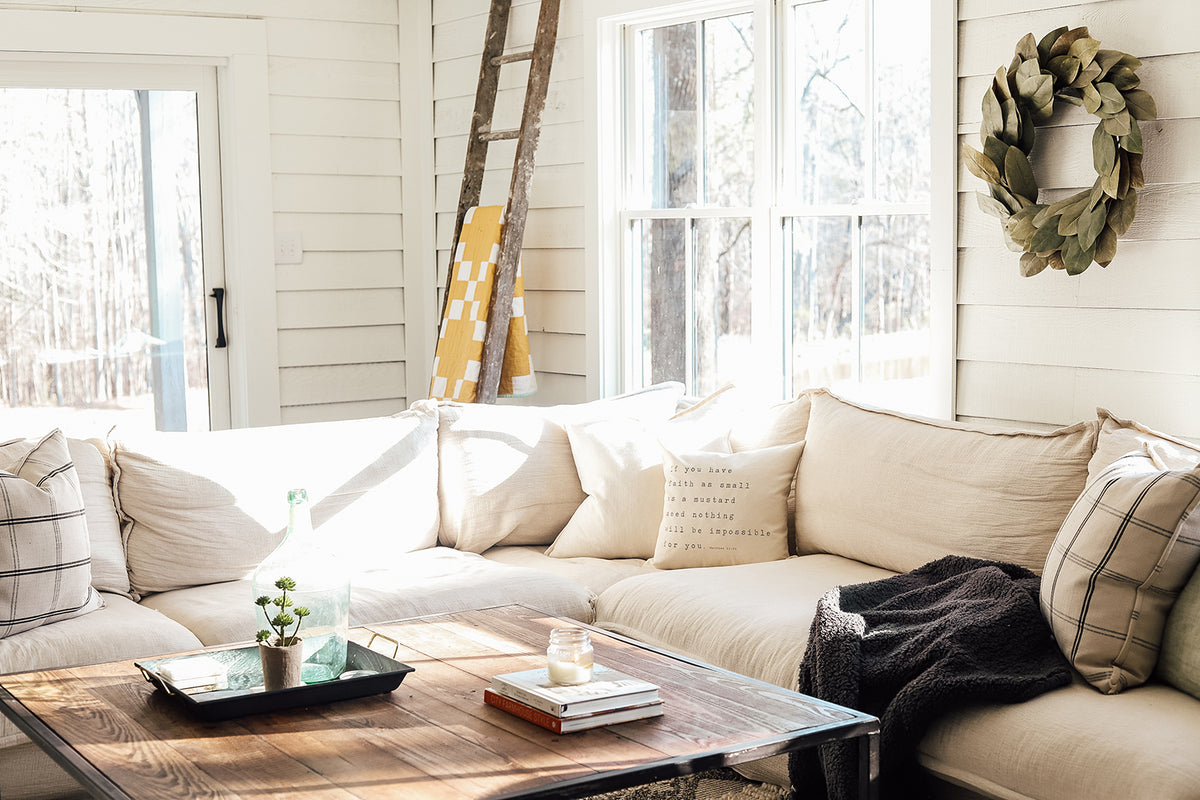A well-lit reading area is an essential part of any home, particularly for those who enjoy diving into a good book. Home lighting for reading areas should be designed with careful consideration to create a comfortable and eye-friendly environment that promotes concentration and relaxation.
The first aspect to consider when setting up your reading area’s lighting is the kind of light source you will use. Many people prefer using lamps as they provide focused illumination that can be easily adjusted according to one’s needs. Desk lamps or floor standing lamps with adjustable necks are particularly useful as they can be directed towards the book, preventing shadows from falling on the page.
In terms of lamp types, LED lights are highly recommended due to their energy efficiency and longevity. They also produce less heat compared to traditional bulbs, ensuring that your space remains cool even after hours of continuous use. Furthermore, LED lights emit a steady light which reduces strain on your eyes.
However, natural light should always be maximized whenever possible because it provides balanced brightness without causing glare or harsh shadows. Positioning your reading area near windows or under skylights during daytime would greatly enhance readability while reducing electricity consumption.
The color temperature of the light also plays a crucial role in creating an ideal reading environment at home. A warm white light (2700K – 3000K) is usually preferred for its relaxing effect and its ability to reduce eye fatigue during extended periods of reading.
Another critical factor in designing home lighting for reading areas is layering different types of lights – ambient, task and accent lighting – each serving distinct purposes yet working together harmoniously. Ambient lighting provides general illumination throughout the room; task lighting focuses on specific activities like reading; while accent lighting adds aesthetic value by highlighting certain features in the room.
To avoid over-illumination which could lead to discomfort and headaches over time, dimmer switches are highly advisable so you can adjust the brightness level accordingly based on what feels most comfortable for your eyes.
Lastly, consider the design and style of your lighting fixtures as they should blend well with the overall aesthetic of your reading area. Whether you prefer modern or traditional designs, there’s a vast selection of lamps available in the market that can cater to different tastes and preferences.
In conclusion, home lighting for reading areas requires thoughtful planning and execution. It’s not just about providing light but creating an atmosphere that encourages focus and relaxation – two crucial elements when immersing oneself into a good book. So take time in designing your reading area’s lighting setup because it will greatly contribute to making every reading experience enjoyable and satisfying.

